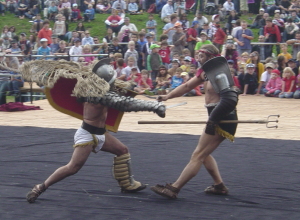In July, we set off eastward for an 18-day summer driving holiday. Our first stop was lunch in Friedrichshafen, reached by taking the car ferry across Lake Constance from Konstanz to Meersburg. We ate in a terrace restaurant overlooking the glittering lake, but we didn’t have time to stop in at the Zeppelin Museum — we were due in Munich by 4pm 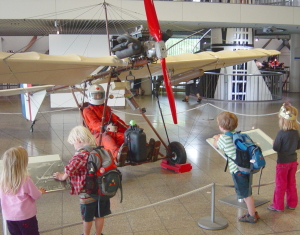 when the World Cup quarter-final between Germany and Argentina would begin.
when the World Cup quarter-final between Germany and Argentina would begin.
As it was, we got caught in traffic coming into Munich, almost every car sporting a fluttering German flag, and missed the first ten minutes of the match. When we reached Georg and Dani’s house, Thomas Müller had already scored the first of Germany’s four unanswered goals. Everyone was ecstatic with the result.
Over the next few days, Wiki and Loxon spent time with Dani and Georg’s daughters, Elena and Filiz, their trampoline being a particular source of excitement. We visited the Munich Zoo, checked out the old city centre and spent some time at the Deutsche Museum, where all four kids were fascinated by the boats, submarines, planes and rockets on display. Loxon asked if the man in the ultra-light (pictured above) was real or not. Perhaps he thought the man had just landed, popping in to check out the exhibits like everyone else. Meanwhile Wiki took careful note of the World War 2 rockets, with designs on building his own. Fortunately for everyone he’ll have trouble getting his hands on the necessary fuel.
We then headed off to an old Bavarian hotel in Gstadt, a village on the shores of the famous Chiemsee lake to the east of Munich. We lay on the shore and enjoyed the sun, while Wiki and Loxon splashed about 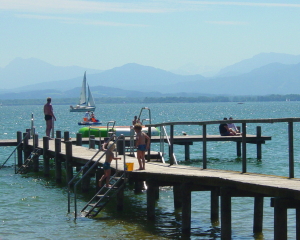 against the background of mountains and islands. And we rented a pedal boat to survey the huge private lakeside mansions, complete with their own yacht marinas.
against the background of mountains and islands. And we rented a pedal boat to survey the huge private lakeside mansions, complete with their own yacht marinas.
While there, we also made a day trip to Berchtesgaden in the southeast corner of Germany to visit the salt mine. Wearing special overalls, you board a small open-topped train and rattle through pitch black tunnels into the bowels of a mountain. Inside, you can slide down wooden slip rails to go deeper and cross an underground lake by barge while a laser light show plays on the cave walls. There are also great displays showing how fresh water is used to dissolve salt from the rocks and is then pumped back to the surface.
We continued into Austria, stopping for lunch in heavily touristed Salzburg. Wiki became nauseous as we approached the city, possibly due to an allergy against kitsch, but he recovered enough to be carried around the sights of the town, including the house where Mozart was born.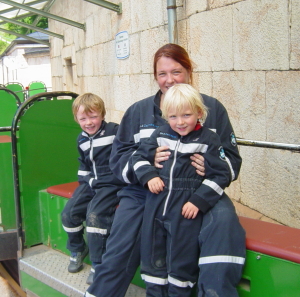
Our next stop was a visit to our friends, Eva and Christoph, in the Austrian alps. Their house sits on a hilltop above the town of Scharnstein, with incredible views down the Alm valley. As you can see below, they have a fantastic pool whose landscaping incorporates a waterplant garden. Christoph served one meal after another of delicious locally produced food, some of which the boys even picked from the garden themselves. Every piece of meat we ate came from a local animal that Christoph had known when it was alive.
From there we drove to Vienna, stopping for lunch at the Benedictine abbey in Melk (the protagonist in Umberto Eco’s The Name of the Rose is supposed to have come from here). The weather had been unusually warm so far, but now it became a heat wave. When we arrived at Alexandra and Martin’s house the temperature was in the high thirties.
The boys held up well in the heat as we marched around the grand monuments of Vienna, strolled the Belvedere gardens and explored the Naschmarkt. 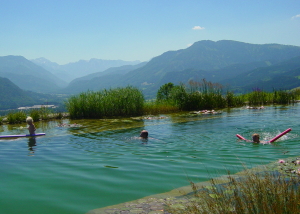 A plethora of gold and silver painted street performers, sweating in sealed costumes, helped keep them entertained. They were also excited to feed the rabbits owned by Lauren and Levin, Alexandra and Martin’s young sons.
A plethora of gold and silver painted street performers, sweating in sealed costumes, helped keep them entertained. They were also excited to feed the rabbits owned by Lauren and Levin, Alexandra and Martin’s young sons.
After a day or so, both our families packed up and drove the 45 minutes out to Alexandra’s family’s holiday house on the shores of Lake Neusiedl. Despite covering over 300 square kilometres, this lake between Austria and Hungary is nowhere more than 2 metres deep. The four kids ran around together on the back lawn, spraying water and having fun, while the adults relaxed in the shade. We also used the family’s pedal boat to trundle out onto the lake and around to a public beach, where everyone could go swimming.
On our last day there, we drove around the lake to the Neusiedlersee Family Park, a theme park with dozens of rides, displays, animals and play areas. The boys weren’t sure how they felt about the rather scary three-metre tall dragon that lurked inside one cave and sprayed onlookers with mist, 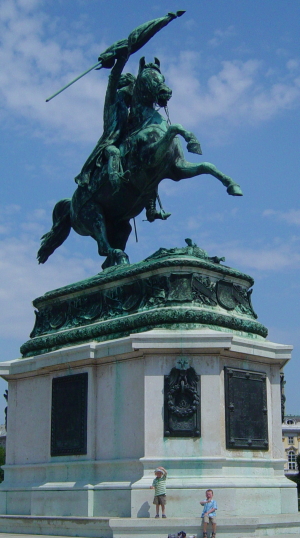 but they loved the huge water slide, whose rubber boats picked up tremendous speed, and feeding deer through the fence, including one large Red Deer stag who came close enough to touch his metre-long antlers.
but they loved the huge water slide, whose rubber boats picked up tremendous speed, and feeding deer through the fence, including one large Red Deer stag who came close enough to touch his metre-long antlers.
Then came the long drive home, broken up by a stopover in Ulm. We tried to reach Ulm in time to see the Nabada water festival, held that afternoon. But by the time we arrived, it was over and the after-party was beginning. Given how many people were still there, it would have been impossible to get a decent view anyway — on the way back to our car, we encountered a human traffic jam and had to circle back half a kilometre to get through to our car. We contented ourselves with dining in a beer garden overlooking the now deserted Danube as the sun set and the crowds drifted away.
Before setting off for home the next morning, we visited Ulm’s towering Minster (technically not a cathedral since it has never been the seat of a bishop). It was the tallest building in the world when it was completed in 1890, and remained so until 1901, the start of America’s century — from then until 1998 the world’s tallest building was in the United States. The Minster was the last in a line of eight European cathedrals and churches to be the world’s tallest building, spanning six centuries. In fact, it had taken almost that long to build — the foundation stone was laid in 1377. Before them, the Great Pyramid at Giza has held the title for almost three millenia.
 Thursday, March 25, 2010 at 4:33PM
Thursday, March 25, 2010 at 4:33PM 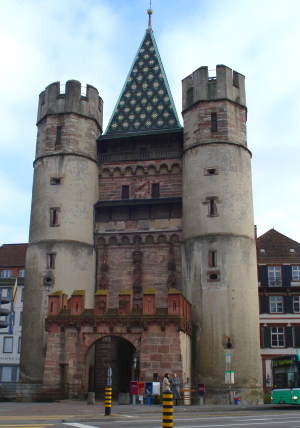 It remains the largest quake ever recorded in Central Europe. As a result, the residents had to rebuild most of their city, including the city wall. The new wall enclosed a large crescent, whose inner curve was formed by 2.5km of the Rhine’s left bank, and included 40 watch towers and five entry gates. The outward facing layer of the wall was 2 metres thick, the inner one 1.6 metres. And there was a water-filled moat dug outside it (as seen in an earlier post).
It remains the largest quake ever recorded in Central Europe. As a result, the residents had to rebuild most of their city, including the city wall. The new wall enclosed a large crescent, whose inner curve was formed by 2.5km of the Rhine’s left bank, and included 40 watch towers and five entry gates. The outward facing layer of the wall was 2 metres thick, the inner one 1.6 metres. And there was a water-filled moat dug outside it (as seen in an earlier post).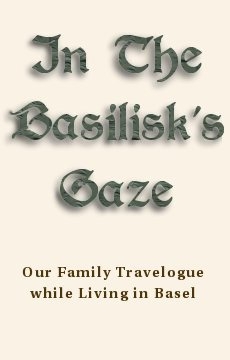
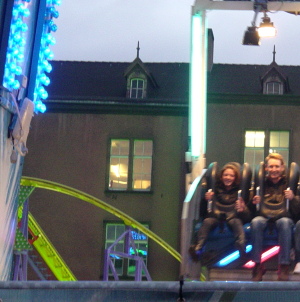 It accelerates to about 6 revolutions per minute, which works out at around 100km/h tangential speed at the bottom of the sweep. As you can see at right, this tends to flatten anyone’s hairdo, but Mark recommends the whirling views over the Rhine from the top.
It accelerates to about 6 revolutions per minute, which works out at around 100km/h tangential speed at the bottom of the sweep. As you can see at right, this tends to flatten anyone’s hairdo, but Mark recommends the whirling views over the Rhine from the top.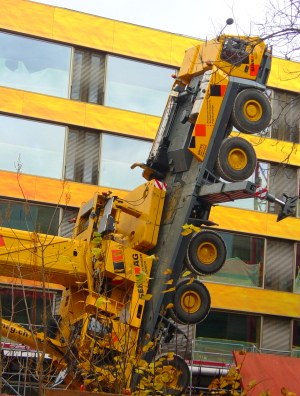 One person in the room behind that wall was injured, but otherwise there were no casualties, which was rather lucky given the size of the crane. It took more than a week to clear up the mess.
One person in the room behind that wall was injured, but otherwise there were no casualties, which was rather lucky given the size of the crane. It took more than a week to clear up the mess.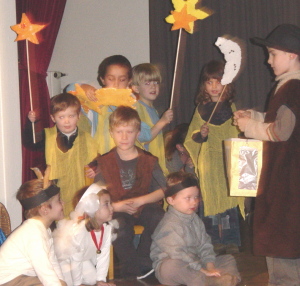 Then, as he ate more beans, he could win the arm-wrestle, each time more and more quickly. It didn’t take long then for Wiki to finish off all the available beans. By the end of the meal he had forgotten all about dessert and was in tears again, distraught that there were no beans left to eat.
Then, as he ate more beans, he could win the arm-wrestle, each time more and more quickly. It didn’t take long then for Wiki to finish off all the available beans. By the end of the meal he had forgotten all about dessert and was in tears again, distraught that there were no beans left to eat.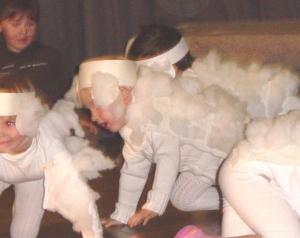 Luckily they weren’t picked to play trees, like a couple of the other children.
Luckily they weren’t picked to play trees, like a couple of the other children.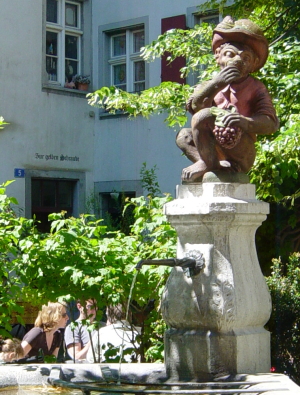 He is the fourth Basel monkey statue in a lineage going back to the 14th century. After the first broke in 1585, a replacement, the so-called “new monkey” was sculpted in the 17th century, replete with hat and shirt. In 1867, the fountain was installed, and the sculpture given pride of place atop it.
He is the fourth Basel monkey statue in a lineage going back to the 14th century. After the first broke in 1585, a replacement, the so-called “new monkey” was sculpted in the 17th century, replete with hat and shirt. In 1867, the fountain was installed, and the sculpture given pride of place atop it.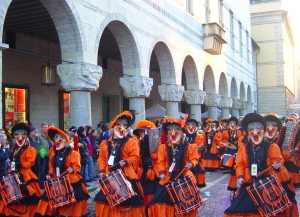 during which time the entire city shuts down to take part in the fun.
during which time the entire city shuts down to take part in the fun.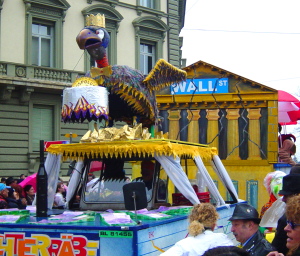 The atmosphere was electric — and it felt surreal to be surrounded by action on darkened city streets. The march continues until mid-morning before everyone goes home to catch a few hours’ sleep.
The atmosphere was electric — and it felt surreal to be surrounded by action on darkened city streets. The march continues until mid-morning before everyone goes home to catch a few hours’ sleep. Marching groups leave and enter the stream to break for food and drinks, but there are always enough to fill the route at any given time. A sense of the atmosphere is
Marching groups leave and enter the stream to break for food and drinks, but there are always enough to fill the route at any given time. A sense of the atmosphere is 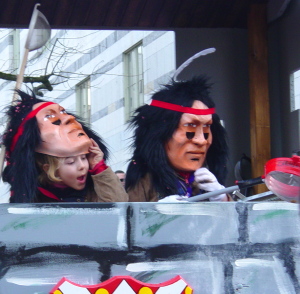 The celebrations continue like this until 4am on Thursday morning, when there is a final blast of drums, pipes and brass to mark the close.
The celebrations continue like this until 4am on Thursday morning, when there is a final blast of drums, pipes and brass to mark the close.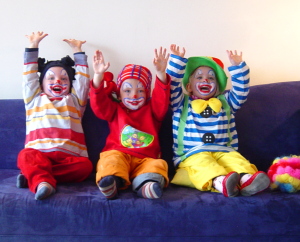

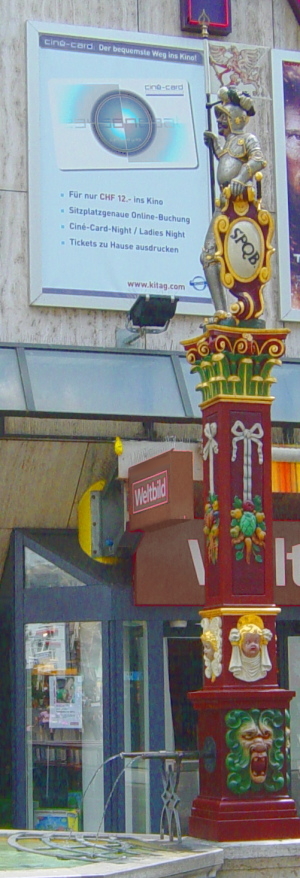 It was built in 1672 in honour of
It was built in 1672 in honour of 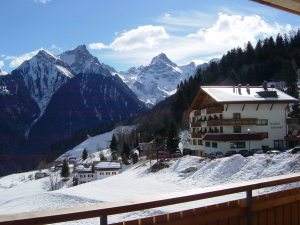 They joined the same class as Lea, and the three of them picked up where they had left off, and were soon turning and braking with ease. After three days of lessons on the magic carpet, they were promoted to the next class where they learnt to ride the t-bar and poma lift. All this gave Mama and Papa time to do some skiing themselves.
They joined the same class as Lea, and the three of them picked up where they had left off, and were soon turning and braking with ease. After three days of lessons on the magic carpet, they were promoted to the next class where they learnt to ride the t-bar and poma lift. All this gave Mama and Papa time to do some skiing themselves.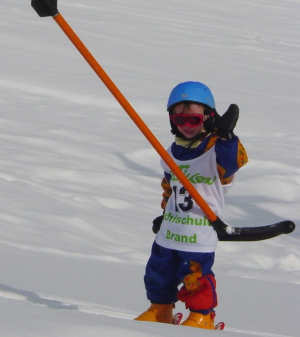 save for being stuffed full of
save for being stuffed full of 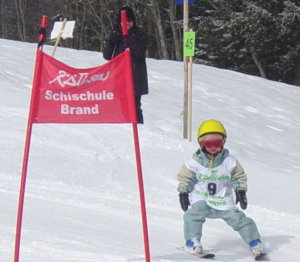 A couple of further stops, and more inching through tunnels, lasted about an hour before we emerged from yet another tunnel onto five centimetres of snow. Snow in Tuscany in April had been enough of a surprise to bring the traffic to a standstill, but by now we’d started to think of it as normal.
A couple of further stops, and more inching through tunnels, lasted about an hour before we emerged from yet another tunnel onto five centimetres of snow. Snow in Tuscany in April had been enough of a surprise to bring the traffic to a standstill, but by now we’d started to think of it as normal.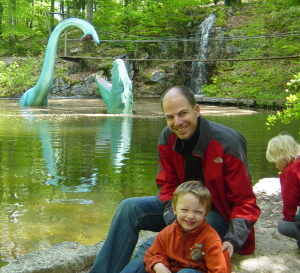 It was painstakingly restored in the early 20th century, complete with
It was painstakingly restored in the early 20th century, complete with 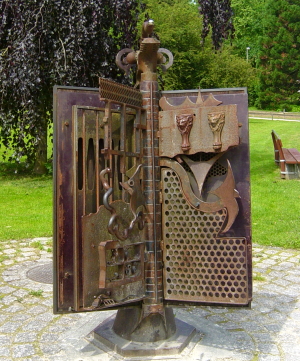 a gift to the park from the Basel branch of the Swiss Trade Association. It
a gift to the park from the Basel branch of the Swiss Trade Association. It 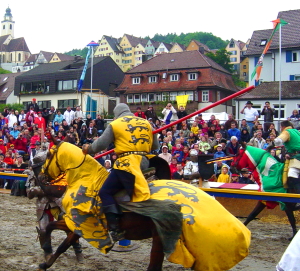 It was lovely to see The City of Light again after ten years. The highlight was strolling in the
It was lovely to see The City of Light again after ten years. The highlight was strolling in the 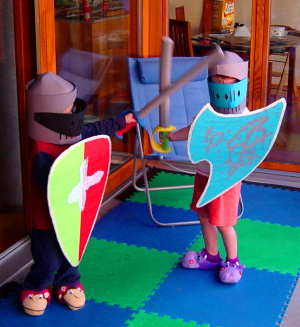 Wiki and Loxon had also manufactured their own equipment for a similar tournament at home, as seen at left.
Wiki and Loxon had also manufactured their own equipment for a similar tournament at home, as seen at left.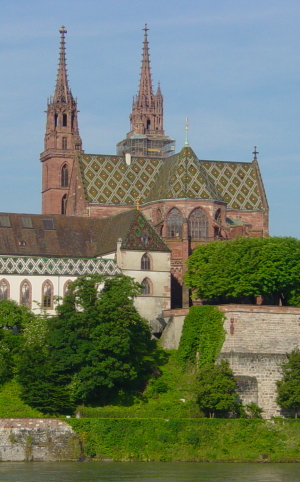 A celtic settlement stood on this hill before the Romans came and built their own fortification there in the first century
A celtic settlement stood on this hill before the Romans came and built their own fortification there in the first century  when the
when the  against the background of mountains and islands. And we rented a pedal boat to survey the huge private lakeside mansions, complete with their own yacht marinas.
against the background of mountains and islands. And we rented a pedal boat to survey the huge private lakeside mansions, complete with their own yacht marinas.
 A plethora of
A plethora of  but they loved the huge water slide, whose rubber boats picked up tremendous speed, and feeding deer through the fence, including one large
but they loved the huge water slide, whose rubber boats picked up tremendous speed, and feeding deer through the fence, including one large 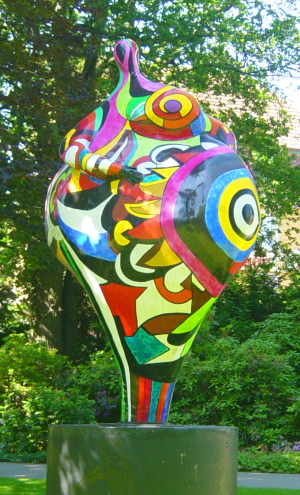 It’s by
It’s by 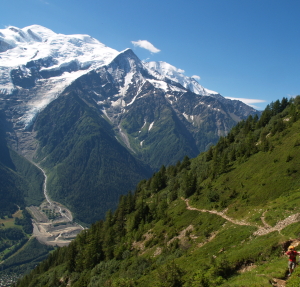 while the party hiked
while the party hiked 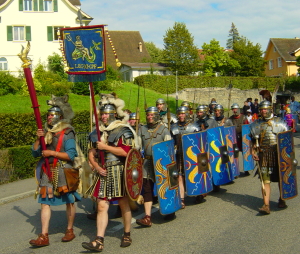 Wiki and Loxon searched the ruins for any signs of actual Romans, but they all seemed to be on holiday.
Wiki and Loxon searched the ruins for any signs of actual Romans, but they all seemed to be on holiday.